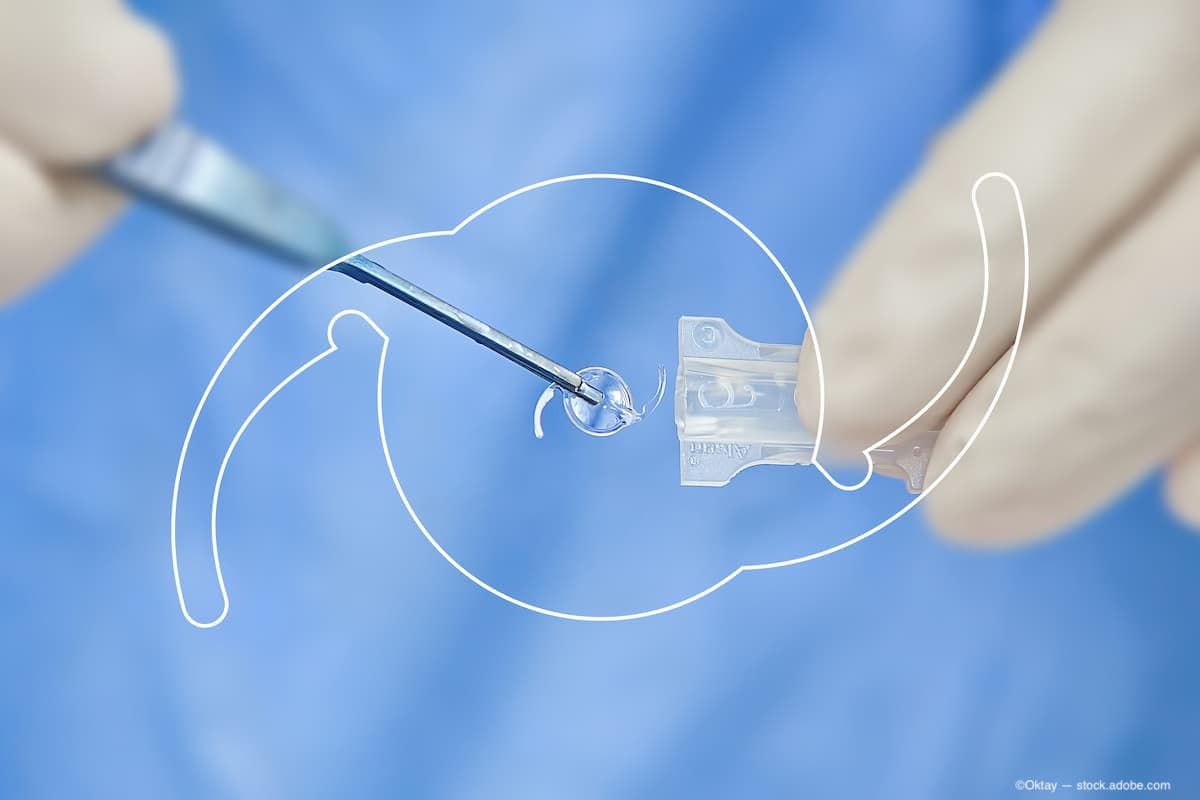Article
Fluid-filled accommodating IOL maintains benefits after 2 years
Implantation of a silicone oil-filled accommodating IOL (FluidVision, PowerVision) provides 3 to 4 D of accommodation along with excellent distance, intermediate, and near vision-all of which remain stable during follow-up to 2 years, said Louis D. Nichamin, MD.
By Cheryl Guttman Krader
Las Vegas-Implantation of a silicone oil-filled accommodating IOL (FluidVision, PowerVision) provides 3 to 4 D of accommodation along with excellent distance, intermediate, and near vision-all of which remain stable during follow-up to 2 years, said Louis D. Nichamin, MD.
“This is truly a novel device that is designed to harness the tiny muscular forces in the eye that we know continue to exist throughout life,” said Dr. Nichamin at the 2015 meeting of the American Academy of Ophthalmology.
“The question, however, has been how well will the lens perform over time as the capsular bag fibroses,” said Dr. Nichamin, who is in practice in Beaver Creek, CO.
“While available data showed that the lens definitely worked for the first year, it is at 24 months when we would expect to see true capsular fibrosis,” he added. “The 24-month results are very exciting. Although we don’t know how long these outcomes will persist, I look forward to reporting additional data soon.”
The accommodating IOL has a proprietary hydrophobic acrylic exterior body and is filled with an index-matched silicone oil. As the ciliary body contracts and relaxes, fluid moves in and out of the center of the optic, changing its shape and resulting in seamless vision from near to distance.
“The concept here is pretty simple,” Dr. Nichamin said. “However, the lens itself was pretty hard to engineer.
“Admittedly there were some issues early on with the optics of the lens, and the engineers had to go through several iterations to resolve those,” he said. “Now, the accommodating IOL is providing uncorrected and best-corrected distance visual acuity that is as good as or better than anything required for FDA approval of a monofocal IOL.”
The data presented by Dr. Nichamin were from patients enrolled in the first-in-man pilot clinical study being conducted at the Optimed Eye and Laser Clinic, Pretoria, South Africa. All of the procedures were performed by Paul Roux, MD, and Frik J. Potgieter, MD.
In total, 26 eyes of 26 patients were implanted with the accommodating IOL; 19 of those patients were evaluated at 18 months and 16 were seen at 24 months.
Monocular best-corrected distance visual acuity at month 1 through month 24 was stable at 20/20. Monocular distance corrected near visual acuity varied in the range of about 20/25 to 20/30. Accommodation by defocus was also stable.
Dr. Nichamin attributed the stable outcomes to the bulkiness of the IOL that seems to keep the capsular bag from fibrosing around it.
“The anterior and posterior capsular leaflets are kept open, and so we are seeing an extraordinarily low amount of posterior capsule opacification,” Dr. Nichamin said.
He noted the clinical experience is supported by findings from studies in rabbit eyes performed at the Moran Eye Center, University of Utah, Salt Lake City.
Dr. Nichamin is an advisor for PowerVision.
Newsletter
Don’t miss out—get Ophthalmology Times updates on the latest clinical advancements and expert interviews, straight to your inbox.





